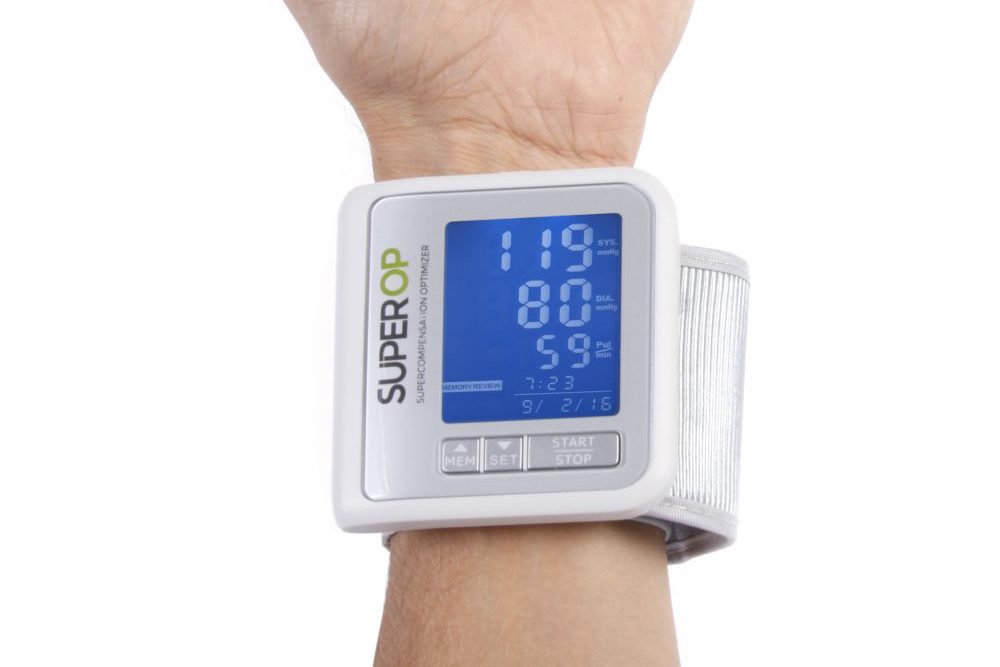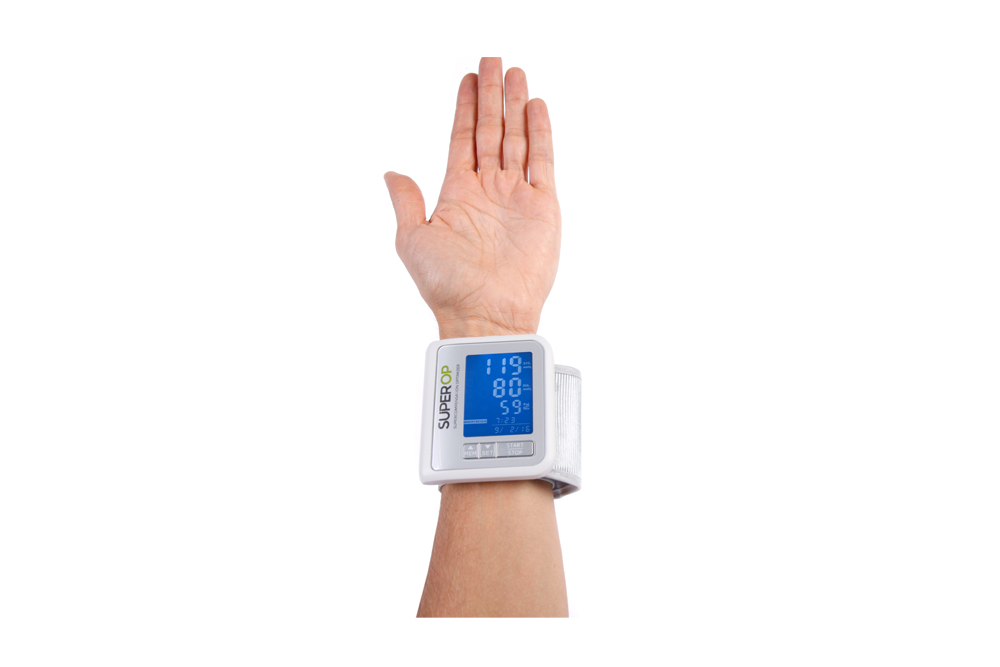SuperOp Supercompensation Optimiser review
A small blood pressure and heart rate sensor that tells how hard (or not) you should train

The SuperOp Supercompensation Optimiser is small and compact, measuring your blood pressure and heart rate easily. It's best serious endurance athletes possibly working with a coach to interpret the data and achieve heir goals. This device, paired with a smartphone app, will in fact tell you the ideal amount of training you could sustain every day according to your metabolic data. It sounds complicated, but is actually really easy and smart in its use.
-
+
Compact
-
+
Reliable compared to feelings
-
+
Good motivation for training
-
-
The data for previous training are not very specific
-
-
Not accurate if you don't put in the right numbers for the first two weeks
-
-
Pricey
You can trust Cycling Weekly.
There are days when you wake up, your legs are already hurting and you think "nope, today I'm not gonna make it". But then you get in the saddle and after a first shock, you actually realise you're in a pretty good shape and smash it.
>>> Should power meters be banned from pro racing?
It is unbelievable, you think, but actually, if you had a SuperOp you would have found first thing in the morning that your "metabolic stress" was actually not that bad and - consequently - the training load for that day could be medium/hard.

To simplify things a little, SuperOp is a light and compact heart rate and blood pressure you put on your wrist before getting out of bed in the morning, sending the data via Bluetooth to the paired smartphone app (available for Android and iOS). SuperOp will also require you to indicate the amount of training and its intensity from the previous day's session, although these numbers will not effect the metabolic stress level.
>>> Interval training: an essential guide of cycling performance
After having entered the blood pressure and hearth rate data, an algorithm will calculate what your metabolic stress level is (i.e. a number that indicates what your fatigue is and how much you've recovered) and also tells you how hard you ideally should train in the day. SuperOp is the result of more than 20 years of studies conducted by Prof. Marco De Angelis, lecturer in Training Methodologies at the University of L’Aquila.
The latest race content, interviews, features, reviews and expert buying guides, direct to your inbox!

Training according to your physiological condition, the company says, is a key to optimise the super compensation, which is the performances improvement process that the body goes through's after a training session. But this process can be truly achieved day after day only if you train smart and following your body condition, and this is what the Italian company says is the SuperOp's main feature. SuperOp can also be used by coaches as they can monitor athletes' status through Trainer Vista, a platform developed from SuperOp website.
Watch: what are training zones?
For the period I have tried SuperOp so far (more than a month with hard training sessions and an Ironman in between), this machine has really blown my mind. It does not only get the real stress and gives you the right advice, but it can also surprise you in a big way.
Particularly when you wake up in the morning and you don't feel good at all and, contrary, SuperOp tells you that you should train at high intensity as you're not in a bad shape after all. Big surprise then, when you hop on the bike and discover the legs are actually working very well. Paolo Gambini, one of the SuperOp co-founder together with Maurizio Binello, said that this is also given by the fact that sometimes you don't sleep well and you feel tired, but actually your muscles have recovered.

Just few more details didn't convinced me 100 per cent of SuperOp. First the previous training quantity and intensity; being able just to give a number from 1 to 5 is a bit too general and not very accurate. The company said this numbers won't affect the stress level indicator, which is based on the physiological stats only and it is calculated from the history of your measurements (the training ones being mostly used for coaches to track the training load).
>>> Turbo training sessions: get the most out of your indoor training
Secondly, I noticed that the data - particularly in the two-week period of data collection - changed quite much from a very first measurement in the morning and a second one immediately after (both taken in bed and still not having stood up). Gambini says the the very first one in the morning is the one that really counts - and doing a second one because you're not happy about the data it's just wrong (I confess was one of those athletes).

Finally, in a cycling world increasingly driven by data and stats, SuperOp is definitely a product that can improve your performances. However, I'm also from that school of thought that, even if it tells you to train lightly and contrary you feel good on the bike, my suggestion is still don't look too much at the power and just go for it.
It comes in two models (one for less than 40 ppm and without Bluetooth) and two different prices: £185 for the Bluetooth-enabled model and £168 for the standard model (plus £10 shipping).
For more information visit the SuperOp website.
Nick Busca is a freelance cycling and triathlon journalist. He is also a certified triathlon coach and personal trainer.